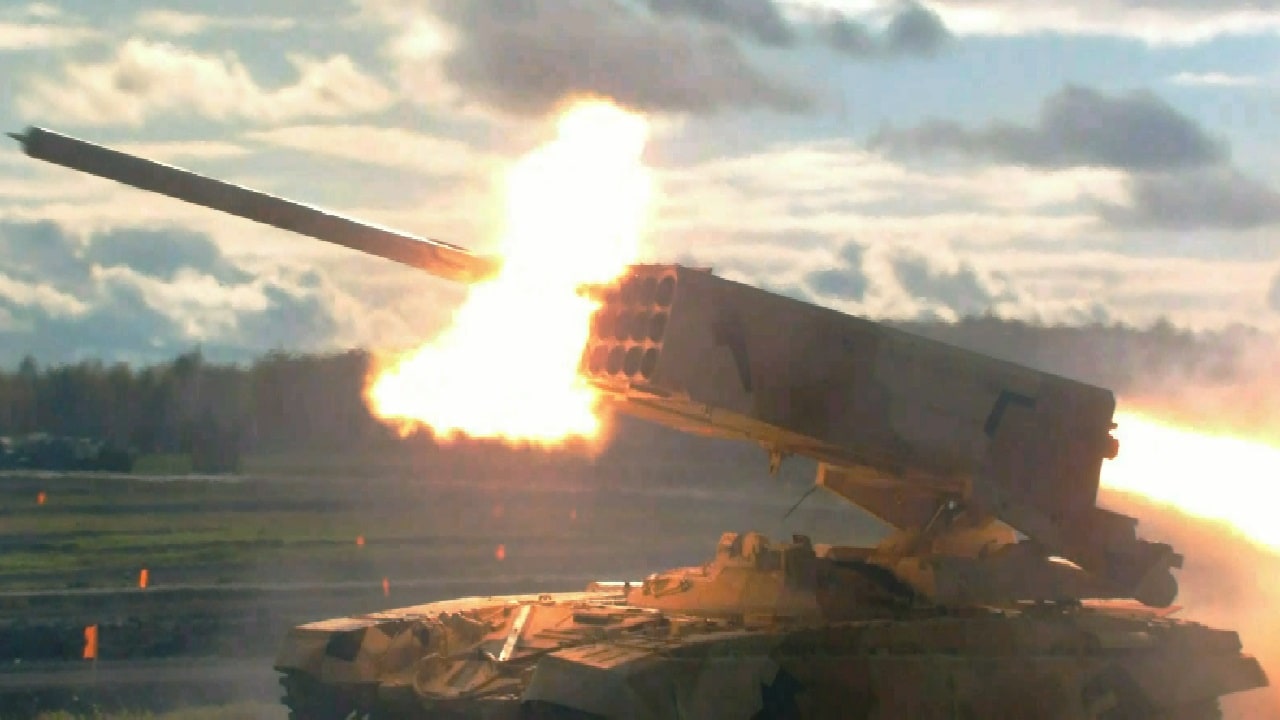This week, Ukrainian and Russian partisans once more ventured into Russia’s Belgorod Oblast and attacked Russian forces. The Ukrainian forces caused chaos in Belgorod, even attacking the provincial capital. This is the second ground attack within Russian territory in ten days.
The Russian military has deployed large forces to deal with the threat. But the real threat for the Kremlin stems from elsewhere.
Partisans, Deception, and the Ukrainian Counteroffensive
The fighting in the Belgorod Oblast, which borders Ukraine in the east, is small-scale compared to the rest of the battlefield. But the Kremlin has had to dedicate significant forces to deal with it.
“The Russia military and interior forces have likely seen quicker success in containing this raid than the previous one,” the British Military Intelligence assessed in its latest estimate of the war.
But to achieve quicker success, the Russian Ministry of Defense has had to resort to extreme measures. According to the Kremlin, the forces operating in Belgorod Oblast include tanks, mechanized infantry, artillery, attack helicopters, and even TOS-1A thermobaric rocket launchers—a particularly brutal weapon system.
“Russian commanders now face an acute dilemma of whether to strength defences in Russia’s border regions or reinforce their lines in occupied Ukraine,” the British Military Intelligence added.
These attacks on Belgorod Oblast aren’t random.
The Ukrainians are trying to distract the Russian military and force it to draw units away from the battlefield in Ukraine. It wouldn’t be the first Kyiv used deception to create the conditions for a successful counteroffensive.
Throughout the previous summer, the Ukrainian military pounded Russian positions in the south. Using M142 High Mobility Artillery Rocket Systems (HIMARS), M270 Multiple Launch Rocket Systems (MRLS), and howitzers, the Ukrainian forces targeted and destroyed most military targets within range of their precision weaponry. Everyone thought that this was done to pave the way for an upcoming counteroffensive in the south. And in September, the Ukrainians struck. But not in the south. The lighting counteroffensive in the east caught everyone off guard and liberated hundreds of square miles of territory and several key cities in just a few days.
The Ukrainian military is trying to do the same now. Through deception, Kyiv is looking to distract the Kremlin before it unleashes its counteroffensive. Whether the Ukrainians will be as successful as before remains to be seen on the battlefield.
Russian Casualties
Meanwhile, in Ukraine, the Russian forces continue to suffer significant casualties on a daily basis. On day 463 of the war, the Russian forces lost more than 500 men killed, wounded, or captured.
Overall, the Ukrainian Ministry of Defense claimed that as of Friday, Ukrainian forces have killed and wounded approximately 208,910 Russian troops.
Equipment destroyed includes: 313 fighter, attack, bomber, and transport jets, 298 attack and transport helicopters, 3,819 tanks, 3,501 artillery pieces, 7,490 armored personnel carriers and infantry fighting vehicles, 575 Multiple Launch Rocket Systems (MLRS), 18 boats and cutters, 6,267 vehicles and fuel tanks, 335 anti-aircraft batteries, 3,137 tactical unmanned aerial systems, 465 special equipment platforms, such as bridging vehicles, and four mobile Iskander ballistic missile systems, and 1,117 cruise missiles shot down by the Ukrainian air defenses.
A 19FortyFive Defense and National Security Columnist, Stavros Atlamazoglou is a seasoned defense journalist specializing in special operations, a Hellenic Army veteran (national service with the 575th Marine Battalion and Army HQ), and a Johns Hopkins University graduate. He is currently working towards a Master’s Degree in Strategy, Cybersecurity, and Intelligence at the Johns Hopkins University’s School of Advanced International Studies (SAIS). His work has been featured in Business Insider, Sandboxx, and SOFREP.
From 19FortyFive
How To Sink A $3 Billion Dollar Submarine: Leave A Hatch Open
Smashed To Pieces: Video Shows Ukraine Hitting Russian Air Defenses

